When you read books about mythology, you will find everything there. You can find things that you cannot imagine. In the past few years, fiction books like the Harry Potter series, Game of Thrones, and Lord of the Rings have promoted mythical stories and legends. Today, we will look at some of the mythical creatures.
Birds of prey, creatures with hybrid bodies, and some beasts capable of killing with their eyes. You cannot imagine these legendary beasts.
Kraken
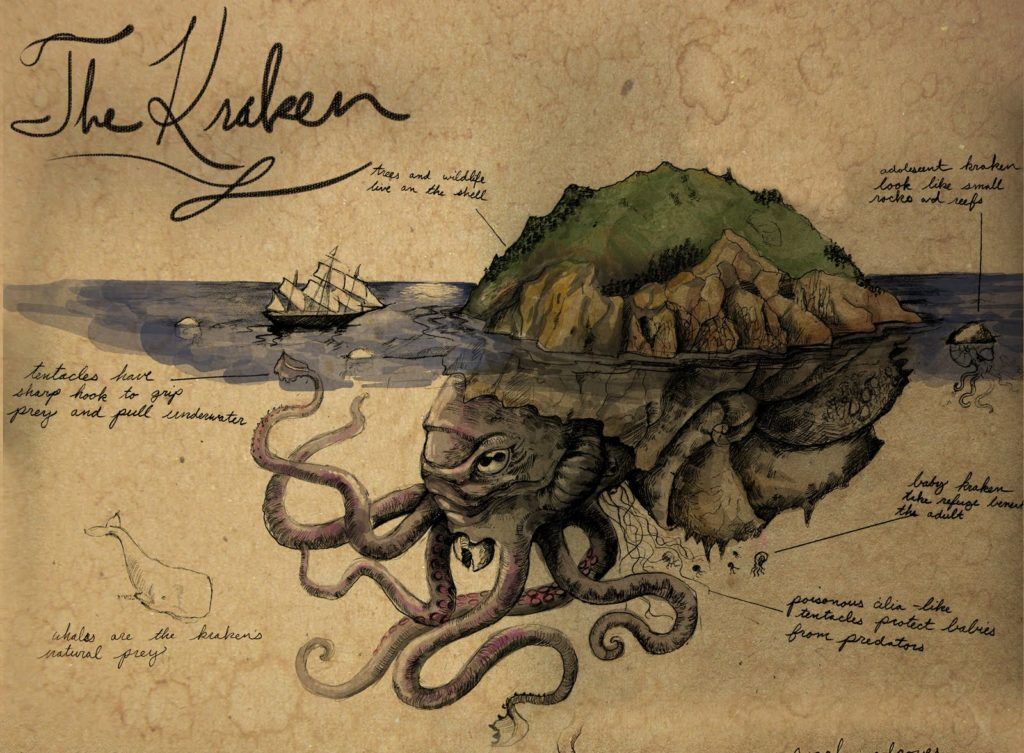
We all remember the legendary quote and catchphrase from Clash of the Titans. That might remain as the only good thing to come out of the movie. Release the Kraken!
Throughout history, we have had a lot of tales of vicious sea beasts in marine lore. But the Kraken is one of the more fascinating creatures.
The Kraken traces its origin back to Norse mythology and folklore. Ancient Greek stories also feature a creature similar to the Kraken, working as a servant for the sea god Poseidon.
In Norse mythology, the Kraken is a squid-like beast, and when his body comes out of water, it resembles a floating island. He used his tentacles to ensnare ships and drag them to the depths of the water.
The Kraken can also create a deadly whirlpool.
Cyclops
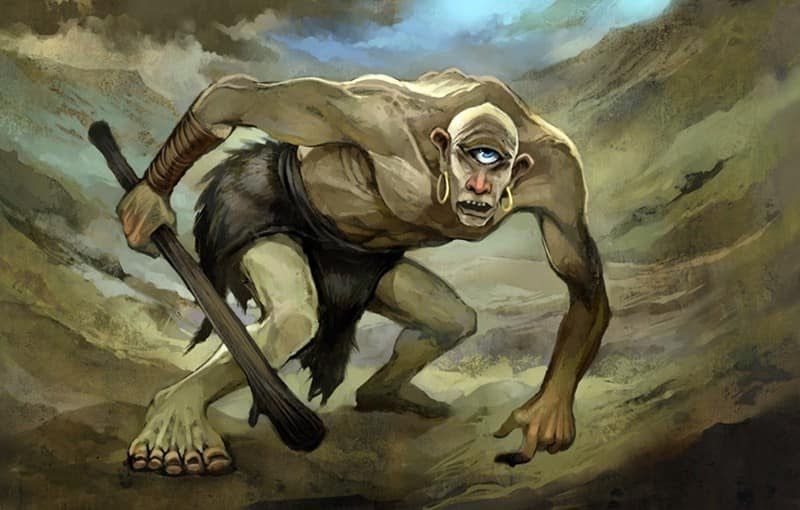
This is another mythical beast that comes from ancient Greece mythology. Since then, the Cyclops has made an appearance in movies, books, and even video games. The name Cyclops means “circle-eyed”.
This creature lived in isolation and tended sheep or goats without any government, society, or community. Fun fact: in Greek mythology, the Cyclops created Zeus’ thunderbolts, Hades helmet, and Poseidon’s trident.
We can say for sure Cyclops deserves points for his creativity. In modern days, you probably know the X-Men mutant, Cyclops.
Griffin

Some mythical creatures and beasts walk the thin line between good and bad. Some view griffins as good, and some as evil.
This beast is a hybrid between two predators. He has a body and back legs of a lion, and the wings, beak, and talons of an eagle.
Tales about this flying behemoth originate from the Middle East. But they also grew into popularity in ancient Greek literature.
In the 14th century, the legend about the griffin picked up in European culture. Griffins got praise for their intelligence and dedication to monogamy.
Golems
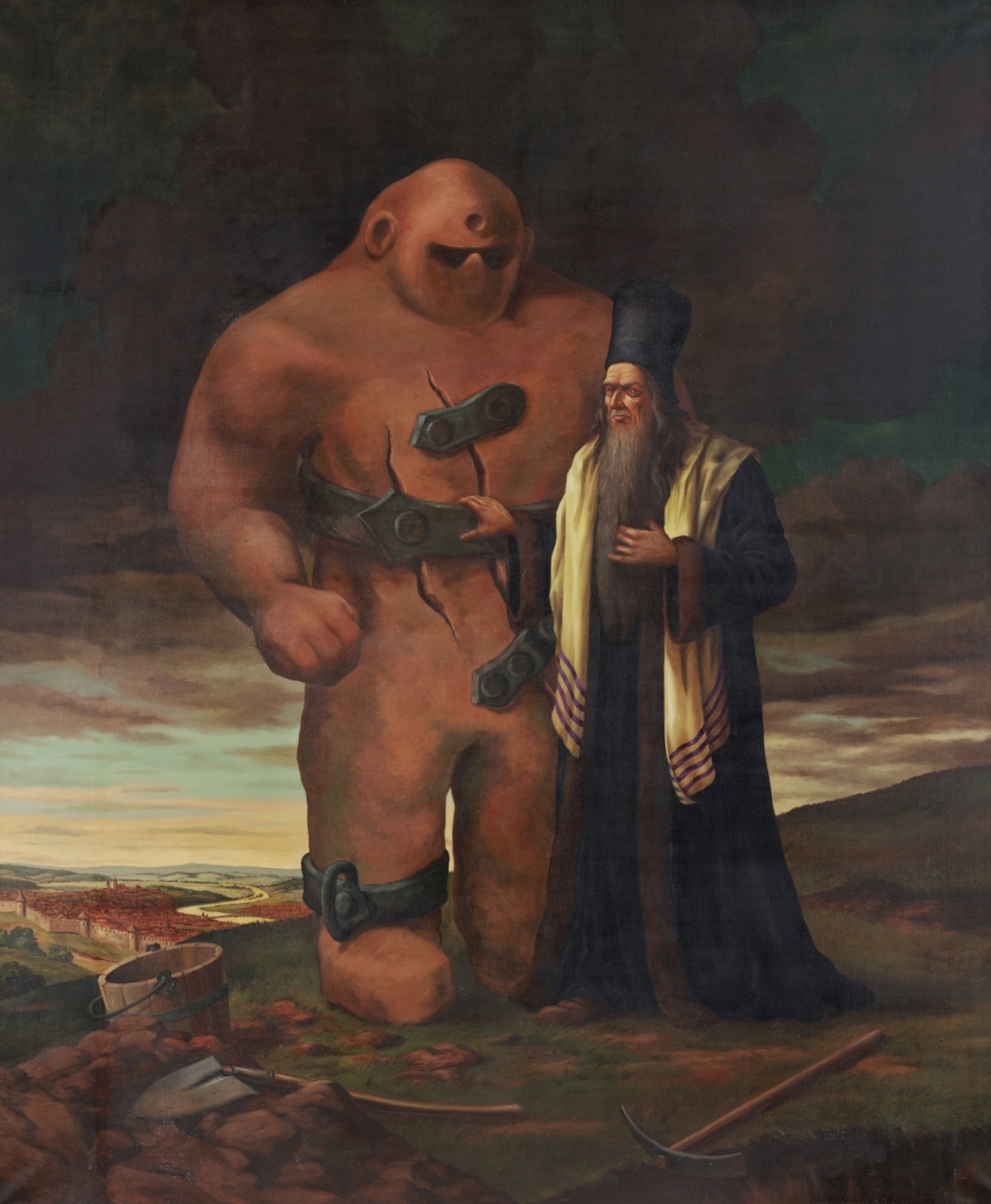
In Jewish folklore, golems represent beasts that defend against anti-Semitic attacks. They look like creatures created from inanimate matter, usually clay or mud. A higher person brings them to life to serve a purpose. In most cases, that is to defend something.
In most stories, the author praises their unique obedience. Golems will follow exact and literal orders. That is why the creator had to pay attention to what he asks for.
Roc
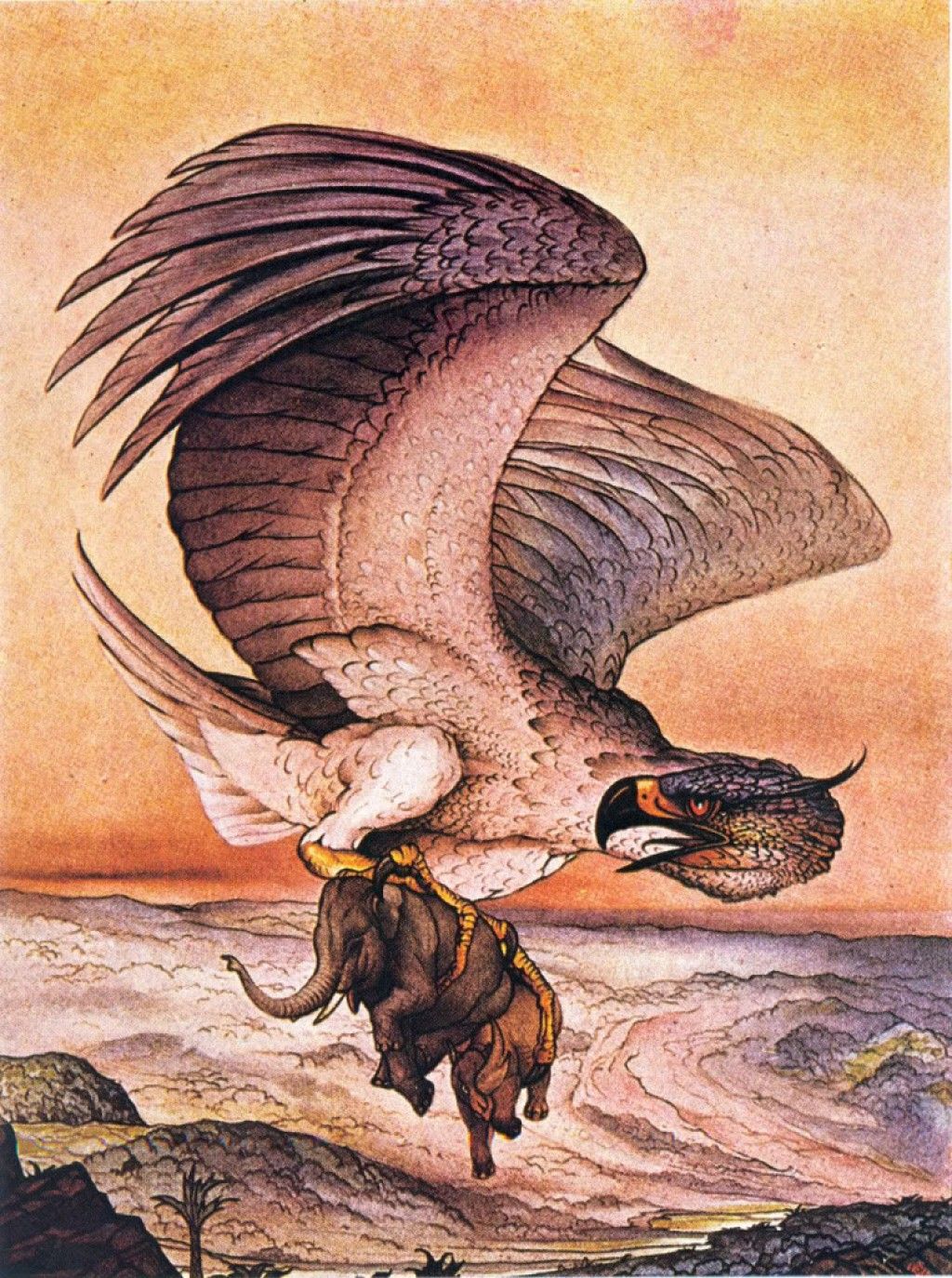
We have another mythical bird on the list of beasts in mythology. This bird remains a popular myth among travelers and merchants. The giant bird of prey originated in Arabic fairytales. She possessed huge strength, able to snatch an elephant from the ground.
Marco Polo is one of the travelers that wrote about the Roc. He noted the bird’s preferred hunting method, dropping its victims from deadly heights. She would then prey upon the carcass.
Another traveler, Moroccan wanderer Ibn Batutta, wrote that he thought of the Roc as a flying mountain because of its size.
Hydra

Slay one head, and two more will grow in its place. The legend about the Hydra grows bigger every day. That legend is now a motto for some people.
The story originated in ancient Greek mythology. Hercules had to slay the Hydra of Lerna, a many-headed beast during his many labors.
Nowadays, the Hydra appears in many science fiction books, even some children’s books.
Chimera
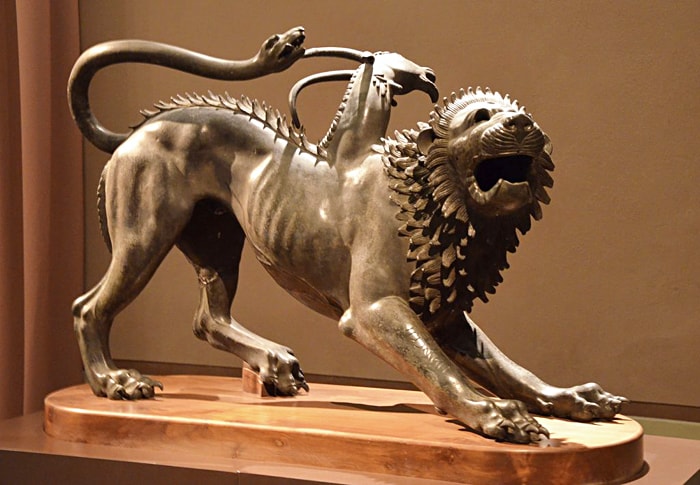
Long before we had dragons, ancient Greeks had the chimera. This creature looked scary as hell. Part lion, part goat, and part snake, the Chimera was the offspring of Typhon and Echidna. She had monster siblings, Cerberus and the Lernaean Hydra.
Nowadays, the term chimera describes any fictional creature with parts from various animals. You can also use it to describe anything composed of very disparate parts.
Ogre
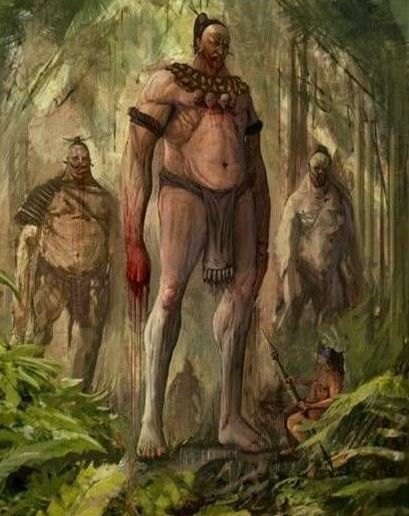
Ogres appear in many folktales around the world. Fun fact: the word comes from the French language, but there are not many French stories about ogres.
The origin of the beast comes from the man-eating ancient Etruscan god, Orcus. Today, we see ogres as friendly and loving characters, thanks to the popularity of the Shrek franchise.
But Shrek is not a typical ogre. In mythology, ogres are large, tall, and strong. They have plenty of hair and a huge appetite. And they would eat anything they get their hands on. In some stories, they carry a big mace as their weapon.
The large monster eats ordinary human beings, mostly infants and children.
Dragon

We cannot have a list of mythical beasts and creatures without the dragon. Many believe they never existed. But the dragon is a popular creature in mythology. Today, we view the dragon as the symbol of China.
In mythology, the dragon represented a symbol of royal power. He is the single most common mythological creature found in fantasy fiction.
To this day, dragons continue to capture readers’ imagination. Remember, they represented the single most fascinating part of the Game of Thrones movie franchise.
Gorgon
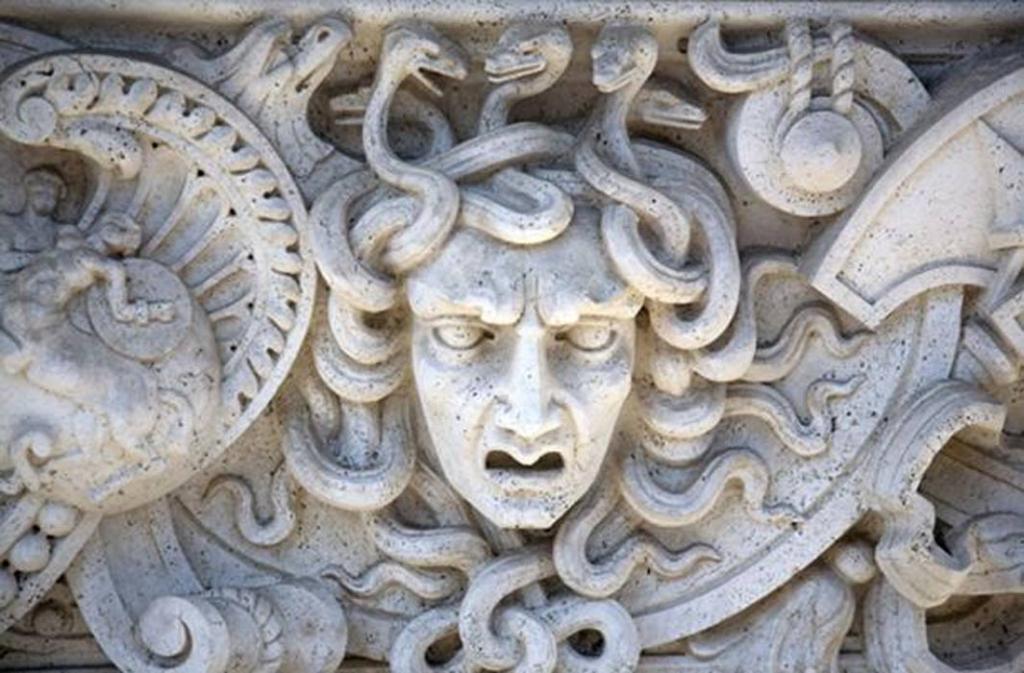
We finish off our list of beasts in mythology with a creature from ancient Greece. The Gorgons, vicious monsters, could turn victims to stone with just one look. The most famous one is the Medusa, a monster Hercules also had to slay for his conquests.
Their look is a mix between beautiful and frightening. Instead of hair, gorgons had snakes. In classical art, artists depict them as female creatures, round-faced, flat-nosed, and their tongues lolling out.
Today, they serve as a lesson, “do not get tricked by beauty alone”.



